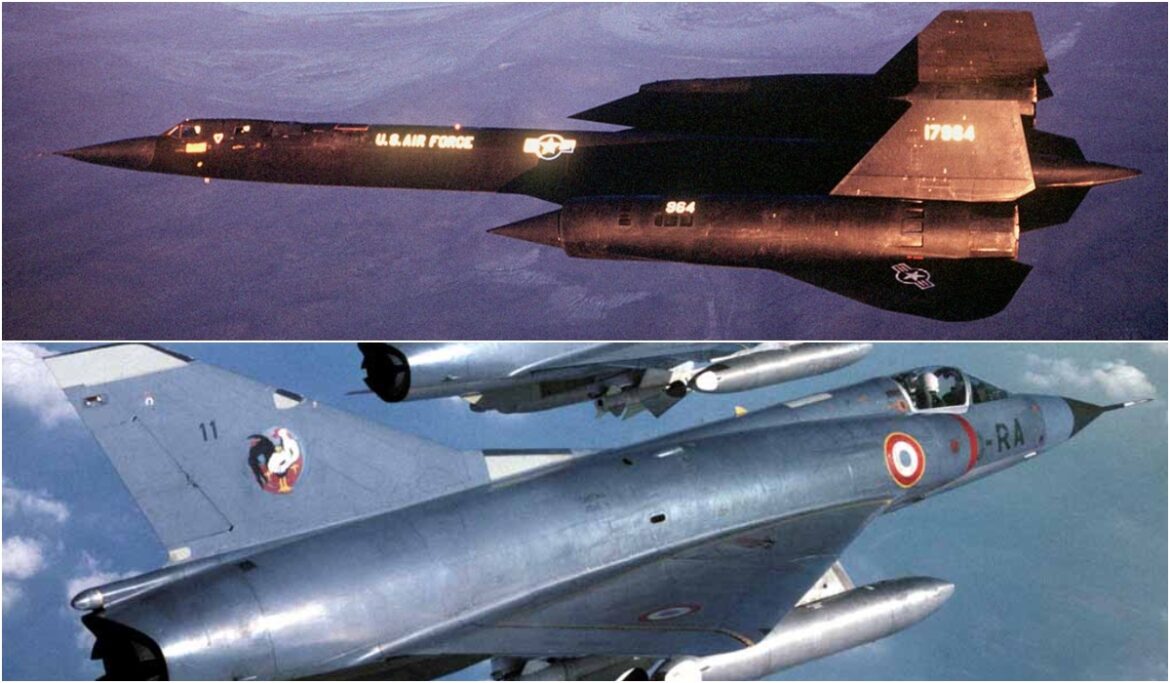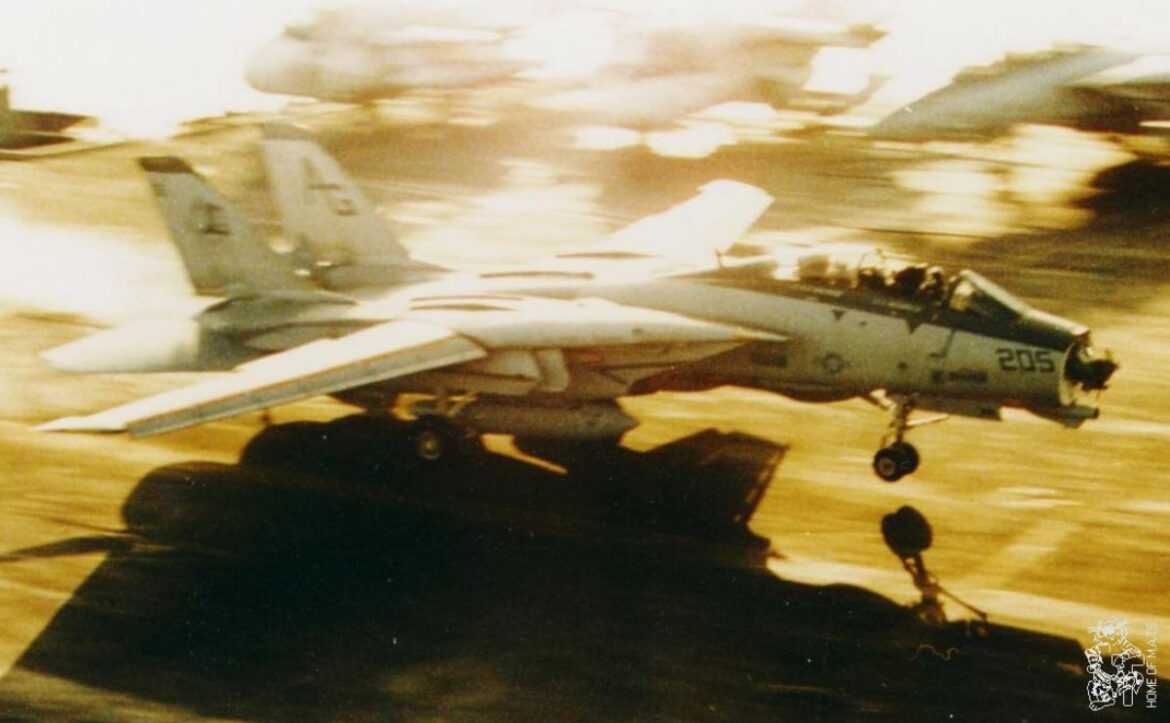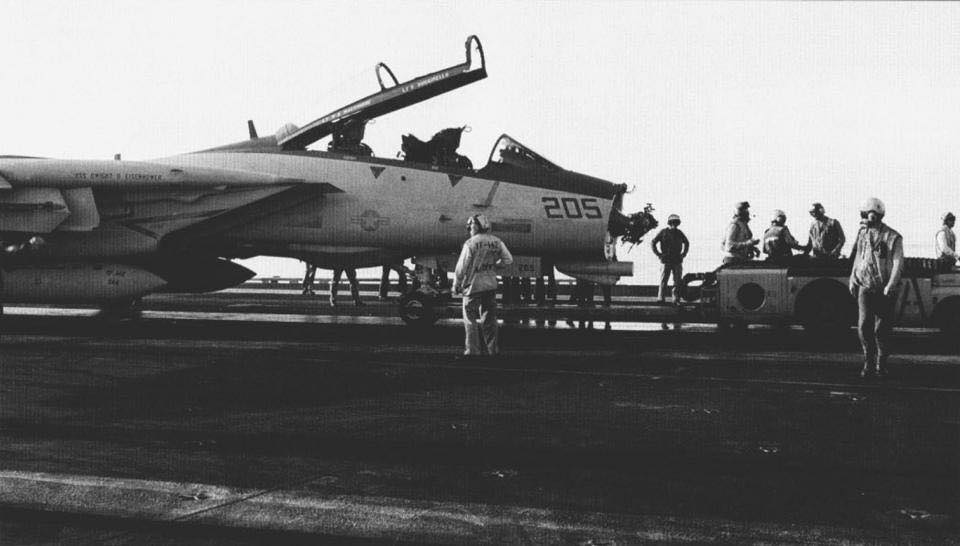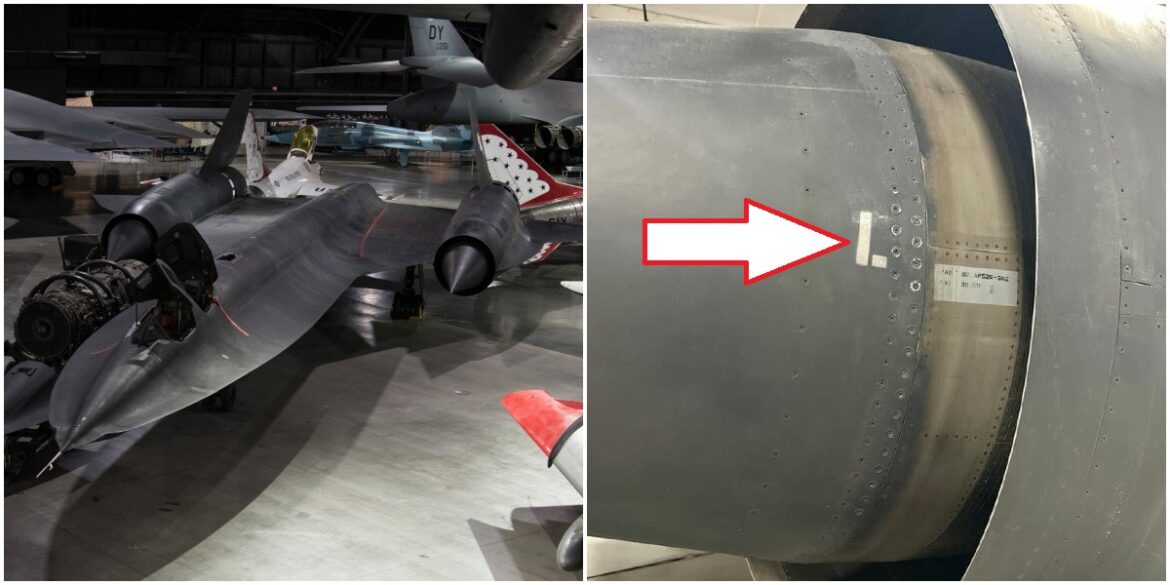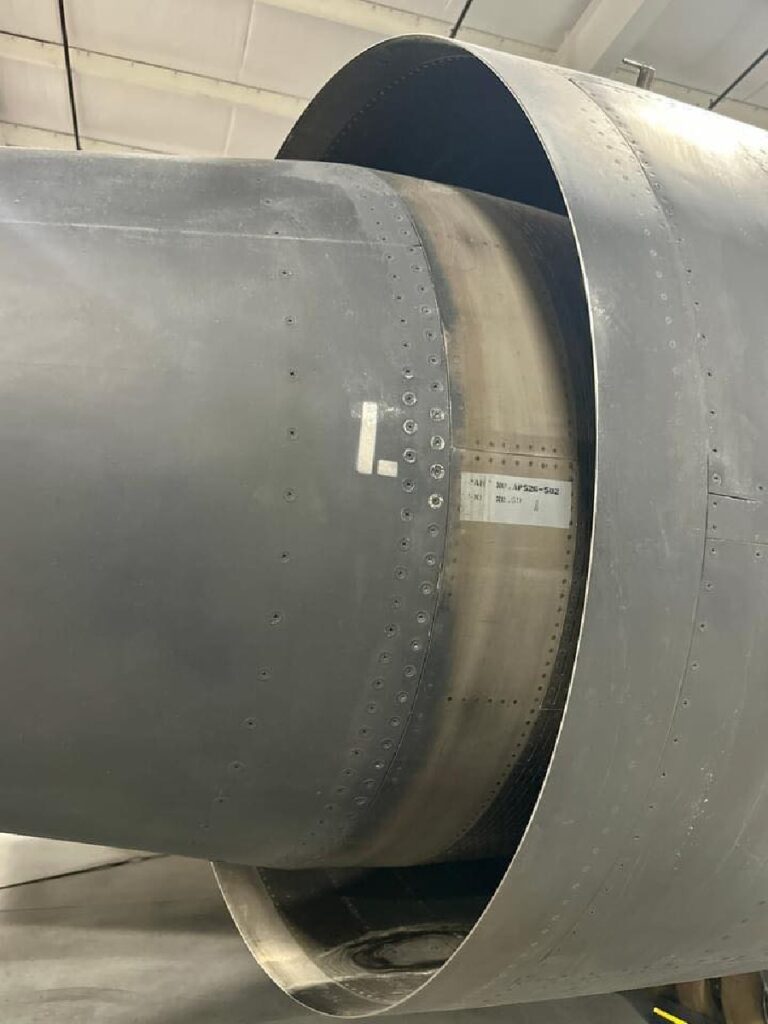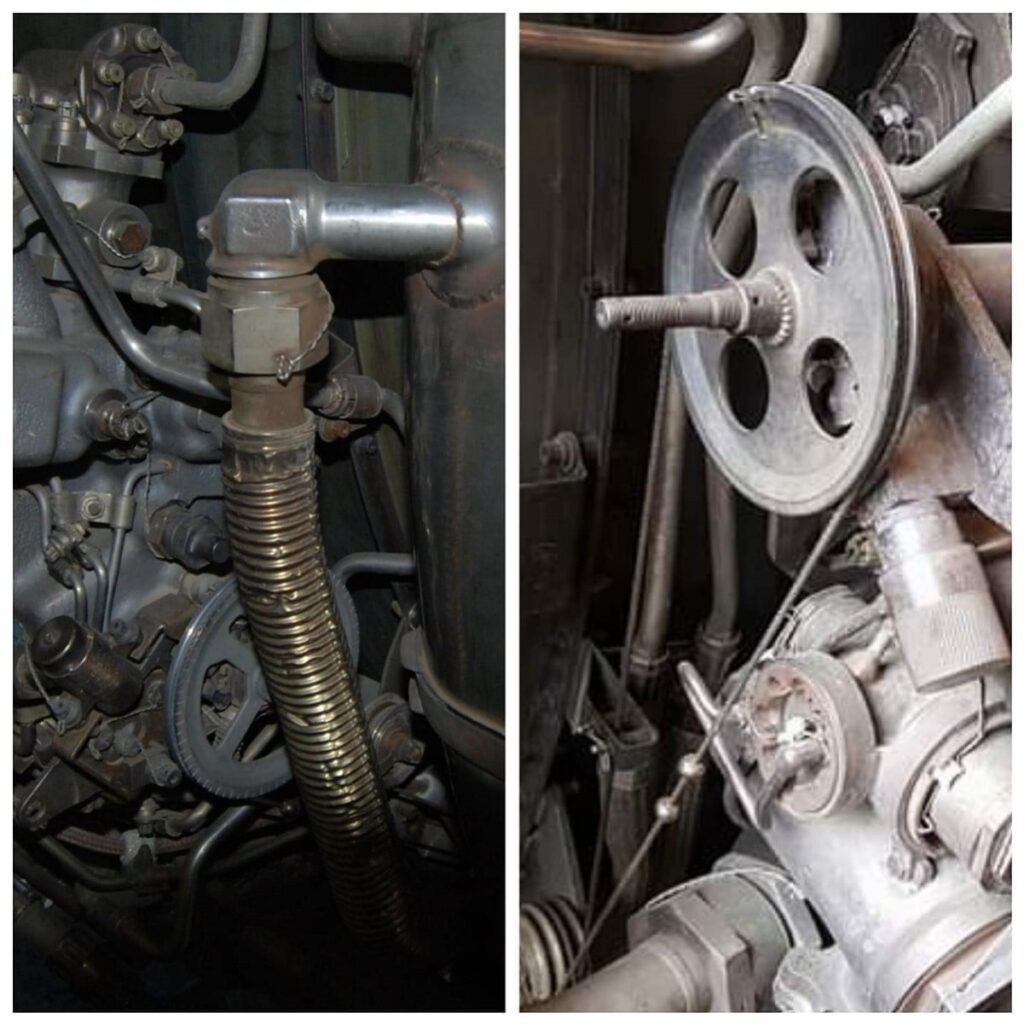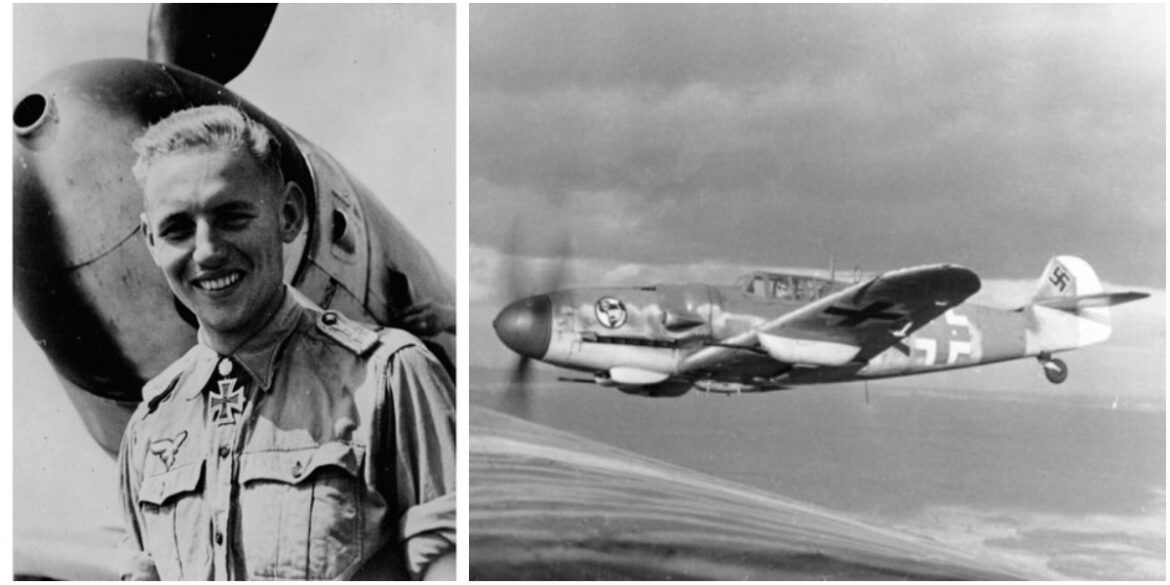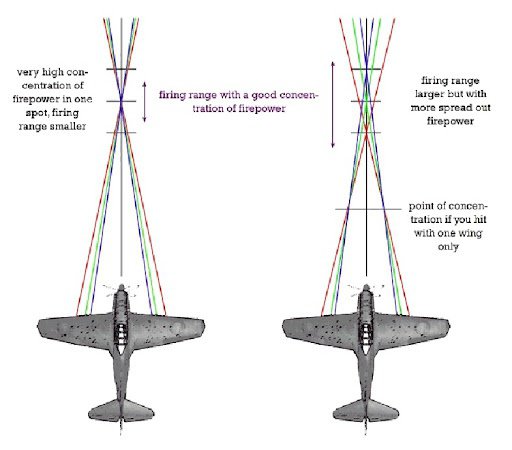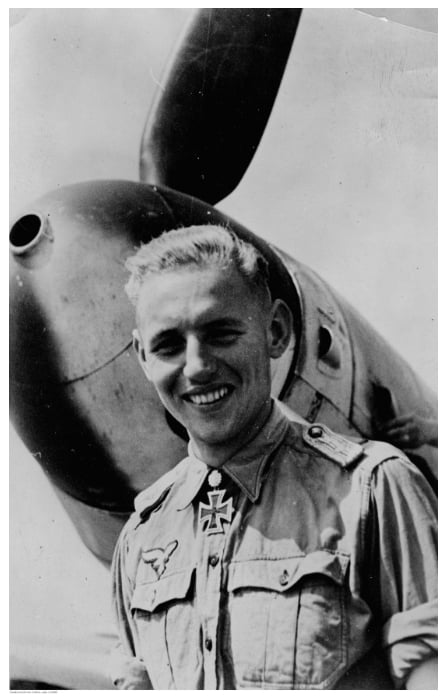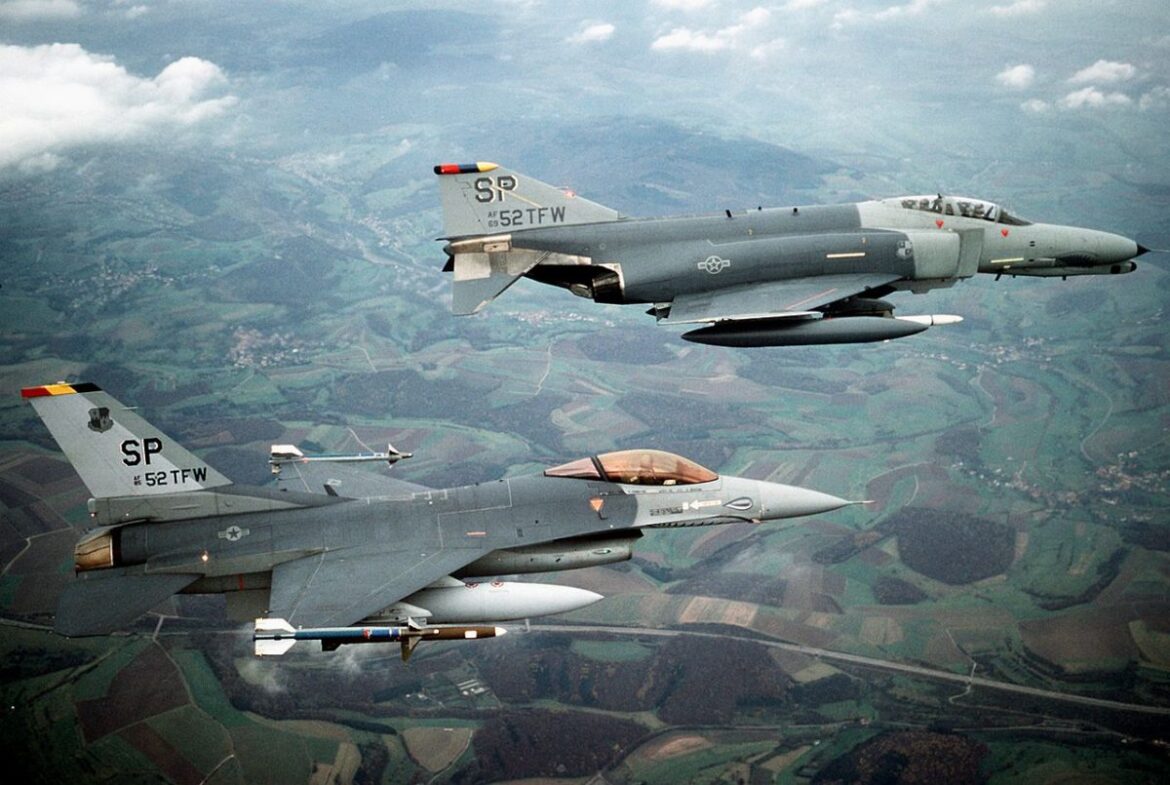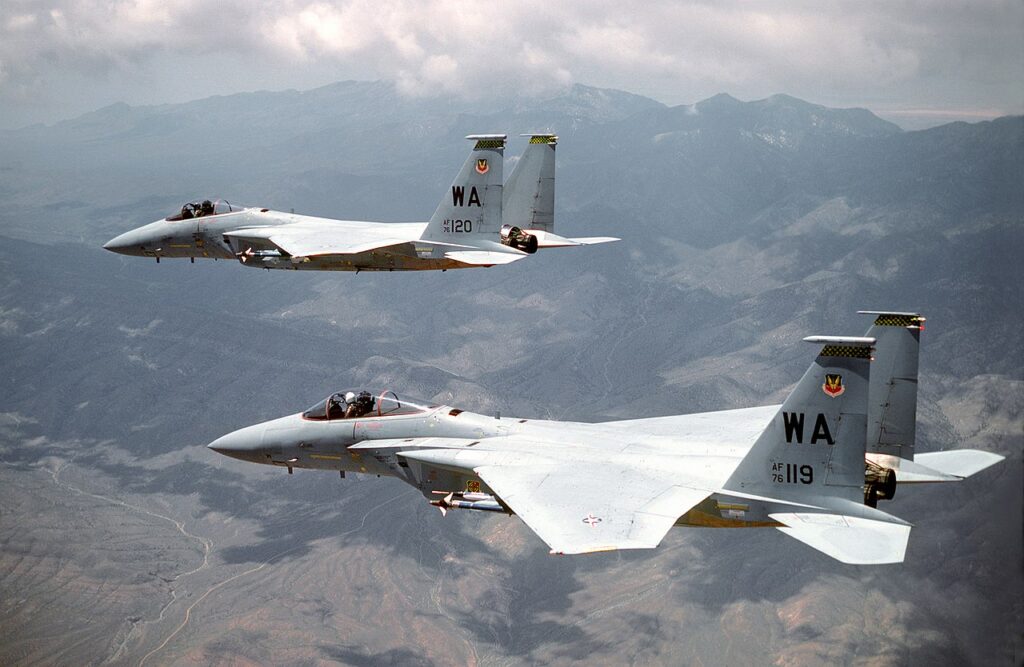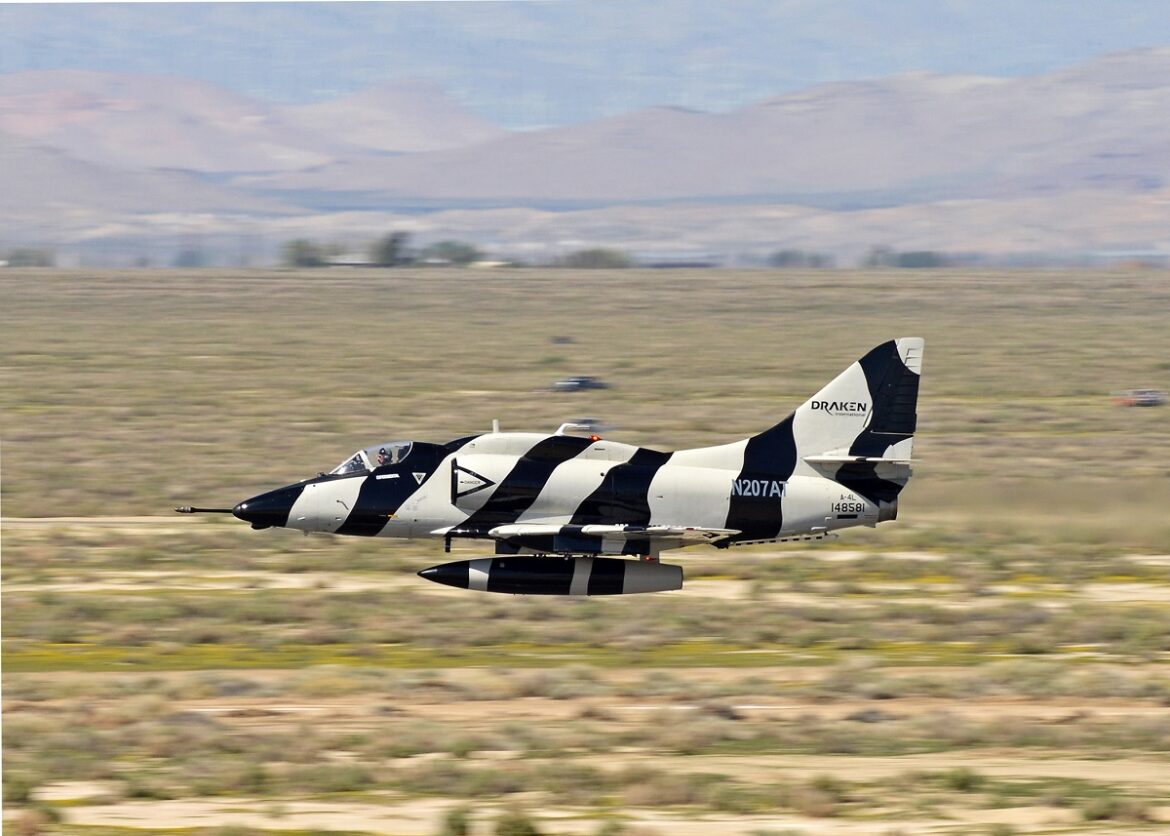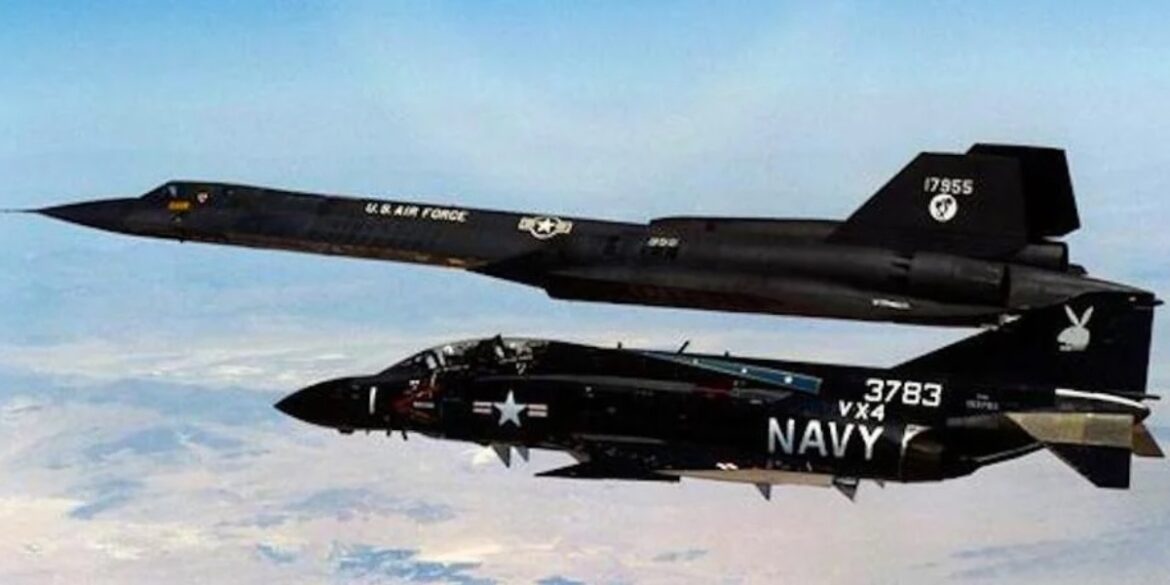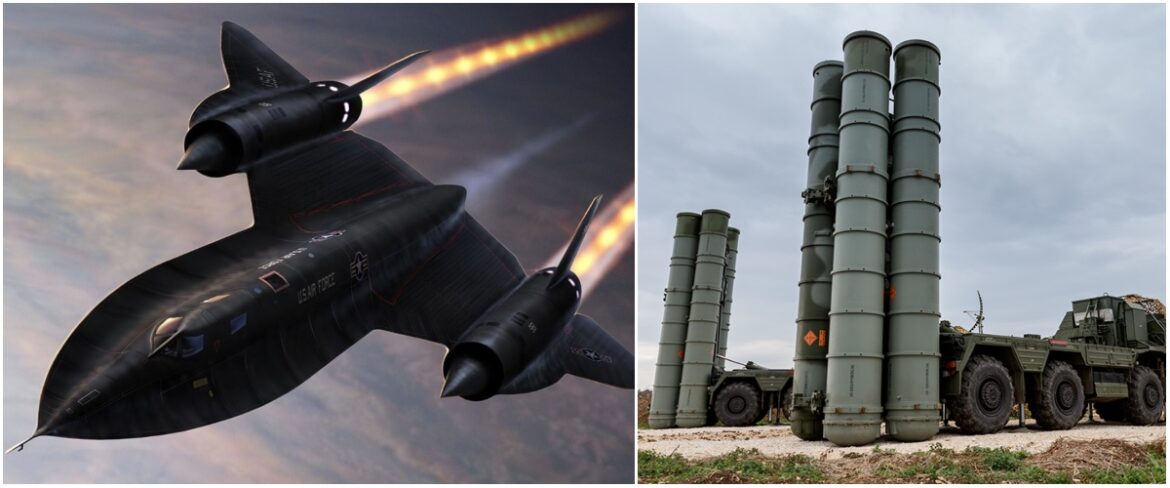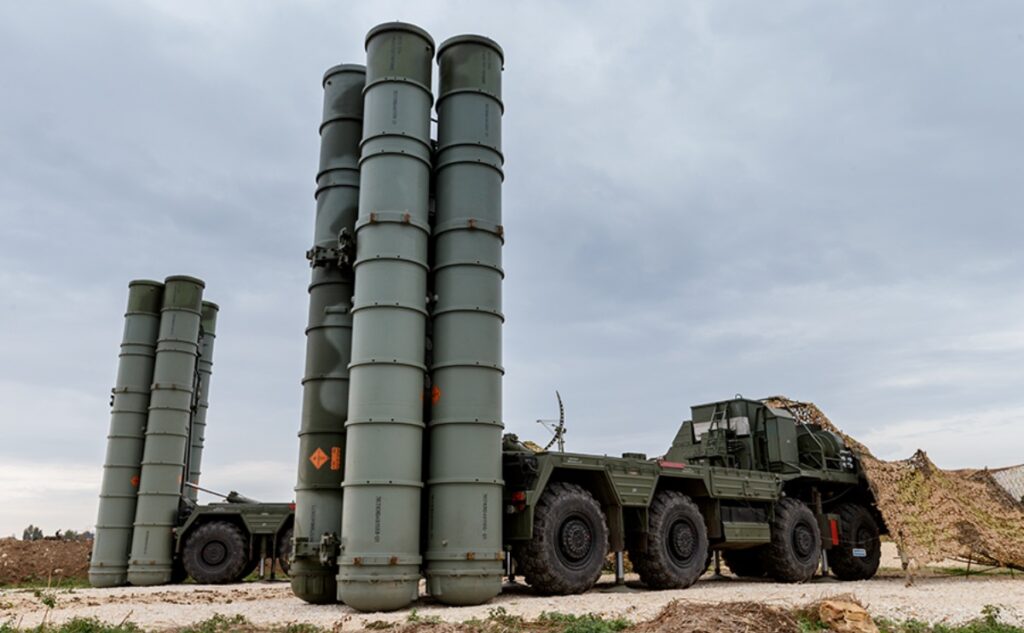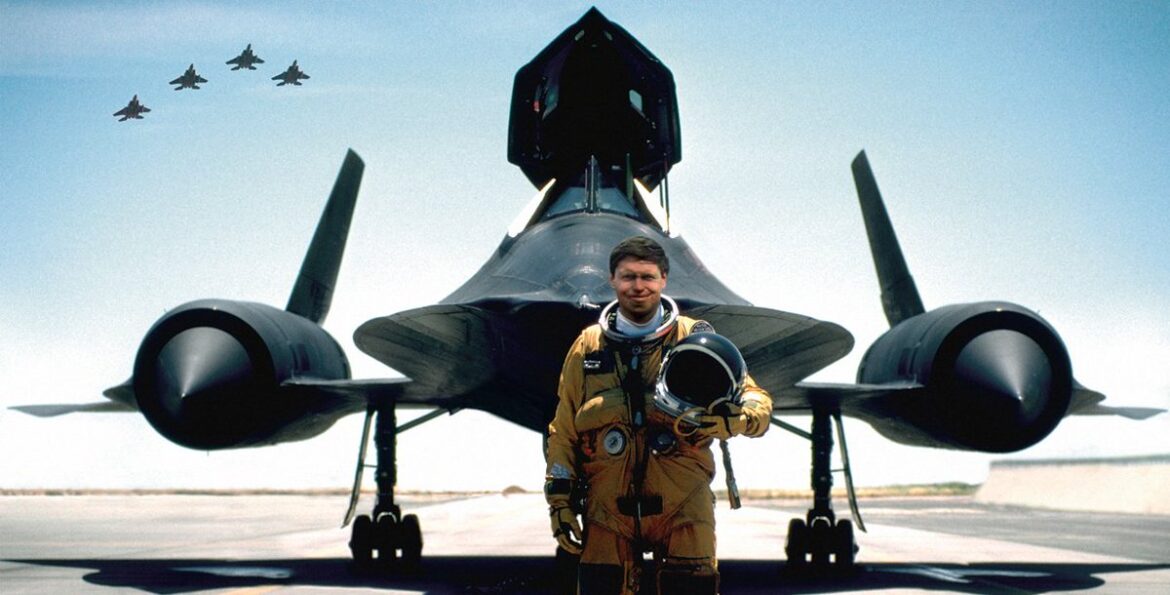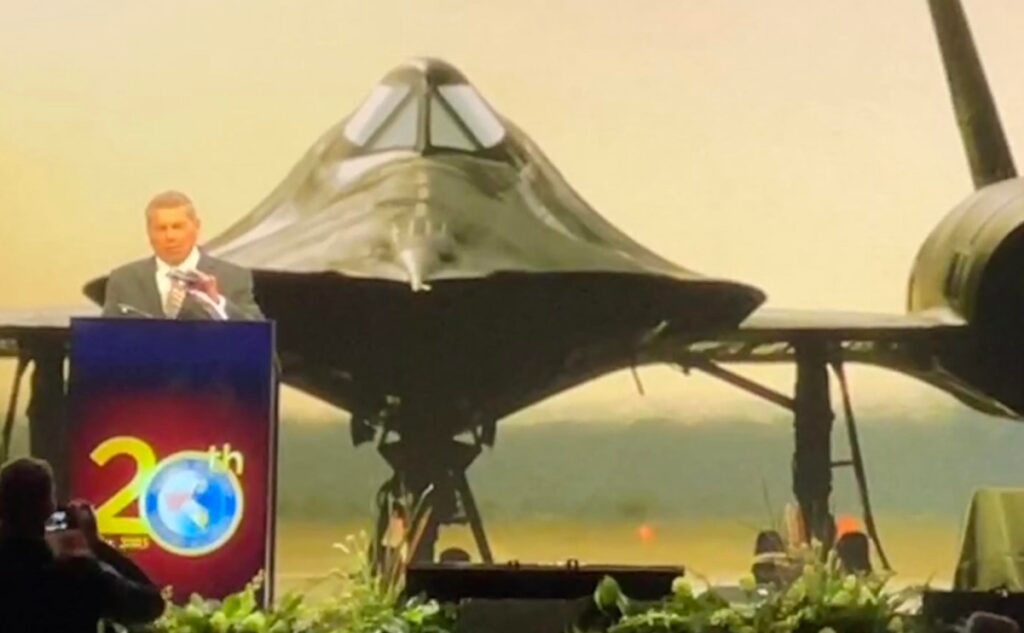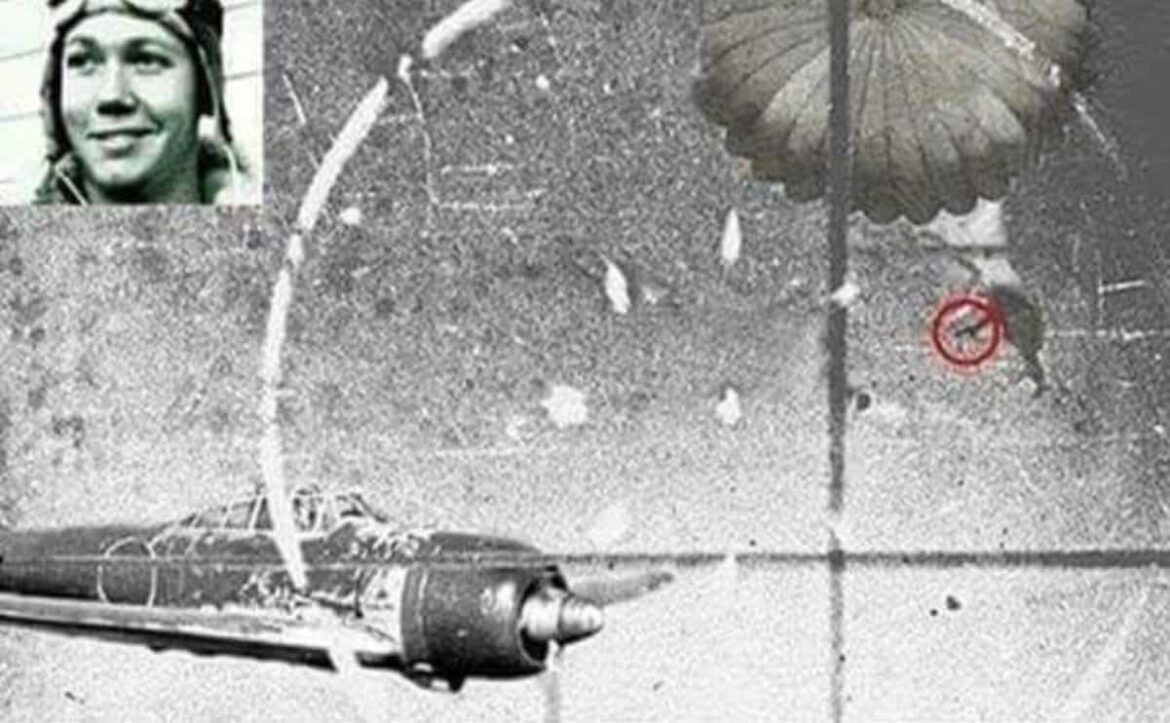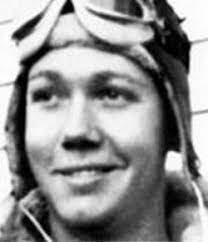‘My RSO had given him “the bird” with his middle finger: I lit the afterburners and left that Mirage standing still. Two minutes later, we were crossing the Channel,’ Lt. Colonel William Burk Jr., former SR-71 Blackbird pilot
The Lockheed A-12 and YF-12A aircraft served as the basis for the development of the SR-71, also referred to as the “Blackbird,” or long-range, advanced strategic reconnaissance aircraft. The 4200th (later 9th) Strategic Reconnaissance Wing at Beale Air Force Base, California, received the first SR-71 to begin service in January 1966. The first SR-71 flight occurred on December 22, 1964. On January 26, 1990, the US Air Force (USAF) retired its fleet of SR-71 aircraft.
For almost two decades, the SR-71 held the record for being the fastest and highest-flying operational aircraft in the world. It could cover 100,000 square miles of the Earth’s surface per hour from 80,000 feet.
Lt. Colonel William Burk Jr. has some of the most interesting stories about flying the SR-71. He talks of a mission he flew over Lebanon in 1982; according to SR-71 pilot Stormy Boudreaux, Tom Henichek was Burk’s RSO for that mission
The story appears in both this post’s video and Ben Rich’s book Skunk Works.
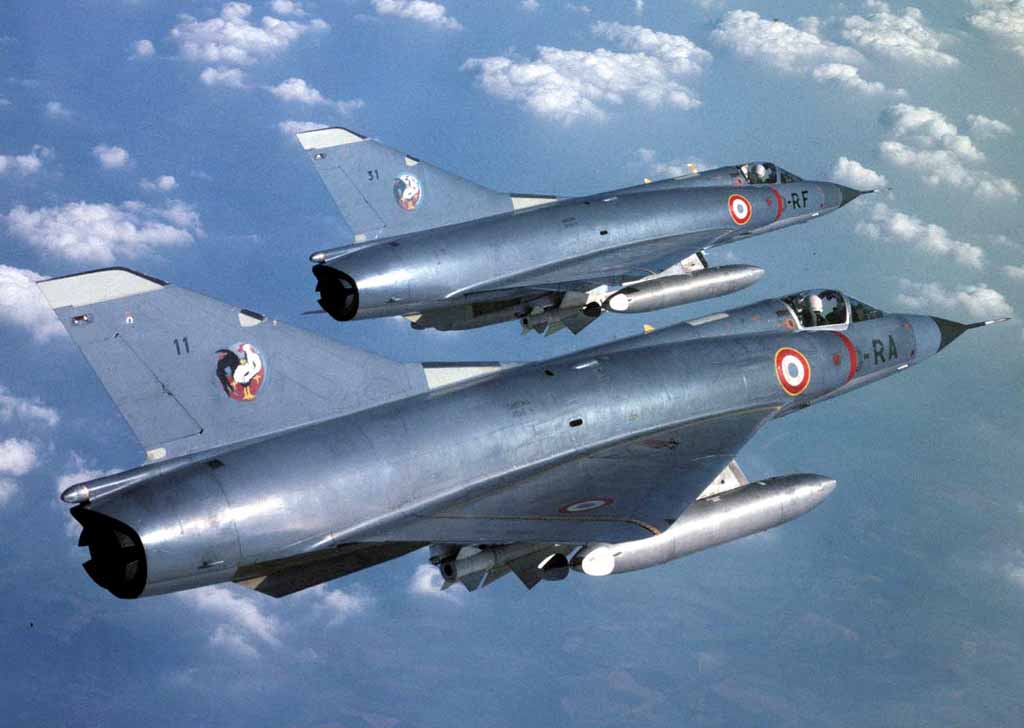
‘In the fall of ’82, I flew from Mildenhall on a mission over Lebanon in response to the Marine barracks bombing. President Reagan ordered photo coverage of all the terrorist bases in the region. The French refused to allow us to overfly, so our mission profile was to refuel off the south coast of England, a Mach 3 cruise leg down the coast of Portugal and Spain, a left turn through the Straits of Gibraltar, refuel in the Western Mediterranean, a right turn into Lebanon and fly right down Main Street Beirut, exit along the southern Mediterranean with another refueling over Malta, supersonic back out of the straits, and return to England. Because Syria had a Soviet SA-5 missile system just west of Damascus that we would be penetrating (we were unsure of Syria’s intentions in this conflict), we programmed to fly above 80,000 feet and at Mach 3+ to be on the safe side, knowing that this advanced missile had the range and speed to nail us.
‘As we entered Lebanon’s airspace, my Recon Systems Officer in the rear cockpit informed me that our defensive systems display showed we were being tracked by that SA-5. About 15 seconds later, we got a warning of active guidance signals from the SA-5 site. We couldn’t tell whether there was an actual launch or the missile was still on the rails, but they were actively tracking us. We didn’t waste any time wondering, but climbed and pushed that throttle, and said a couple of “Hail Kellys.”
‘We completed our pass over Beirut and turned toward Malta, when I got a warning low-oil-pressure light on my right engine. Even though the engine was running fine, I slowed down, lowered our altitude, and made a direct line for England. We decided to cross France without clearance instead of going the roundabout way.
‘We made it almost across, when I looked out the left window and saw a French Mirage III sitting ten feet off my left wing. He came up on our frequency and asked us for our Diplomatic Clearance Number. I had no idea what he was talking about, so I told him to stand by. I asked my backseater, who said, “Don’t worry about it. I just gave it to him.” What he had given him was “the bird” with his middle finger. I lit the afterburners and left that Mirage standing still. Two minutes later, we were crossing the Channel.’
Check out Habubrats SR-71 and Born into the Wilde Blue Yonder Facebook pages for further Blackbird photos and stories.
Photo by U.S. Air Force and French Air Force Via FAST Museum Twitter Account

